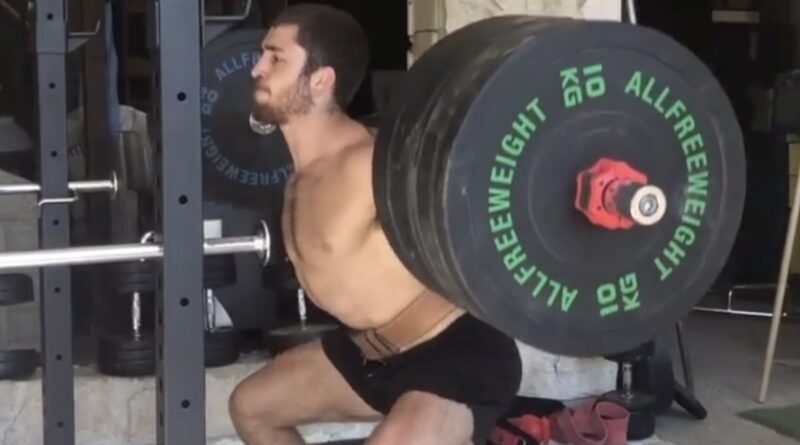Acute Effects of Squat and Ballistic Jump Exercises on Judo-Specific Performance, Handgrip Strength, and Perceived Exertion in Young Male Judokas
Baruah, J.; Kharel, A.; Hina, M.; Ceylan, H.İ.; Raul-Ioan, M.; Thapa, R.K. Acute Effects of Squat and Ballistic Jump Exercises on Judo-Specific Performance, Handgrip Strength, and Perceived Exertion in Young Male Judokas. Appl. Sci. 2024, 14, 10558.

ABSTRACT
This study aimed to examine the acute effects of squat and ballistic jump exercises during warm-ups on judo-specific performance in young male judokas. Using a randomized crossover design, 10 sub-junior male judokas (age: 12.9 ± 0.7 years) completed three conditions: a controlled warm-up with only judo-specific exercises and two experimental warm-ups including either a three-repetition maximum (RM) back squat (with ~90% 1RM load) or ballistic jumps (squat jumps, scissor jumps, and double-leg bounds) in addition to judo-specific warm-ups. Following each warm-up condition, participants performed the Special Judo Fitness Test (SJFT), with heart rate measured immediately and one minute post-test. Handgrip strength and ratings of perceived exertion (RPE) were recorded after the SJFT. Both squat and ballistic jump exercises significantly improved judo-specific performance compared to the control condition, with large effect sizes (ESs). The number of throws in set 2 (p = 0.001, ηp2 = 0.65, large ES), total throws (p < 0.001, ηp2 = 0.70, large ES), and the SJFT index (p < 0.001, ηp2= 0.65, large ES) all showed significant improvements. Regarding the throw in set 2, significant improvements were observed after both squat (p = 0.003, Hedge’s g = 1.78, large ES) and ballistic jump exercises (p = 0.010, Hedge’s g = 1.44, large ES) compared to the control condition. Similarly, total throws were significantly higher in the squat (p = 0.003, Hedge’s g = 1.51, large ES) and ballistic jump (p < 0.001, Hedge’s g = 1.37, large ES) conditions compared to the control condition. Furthermore, the SJFT index showed notable improvements following squat (p = 0.010, Hedge’s g = 0.80, moderate ES) and ballistic jump (p < 0.001, Hedge’s g = 0.90, moderate ES) conditions compared to control conditions. However, squat exercises led to a significant reduction in right-hand grip strength (p < 0.001, ηp2 = 0.58, large ES) [p = 0.008, Hedge’s g = 0.19, trivial ES for squat vs. control; p = 0.014, Hedge’s g = 0.23, small ES for squat vs. ballistic jump], with no differences observed in left-hand grip strength or RPE scores (p > 0.05). In conclusion, the integration of squat and ballistic jump exercises into warm-up protocols has been shown to significantly improve judo-specific performance in young male judokas without eliciting an increase in RPE values. However, careful consideration should be given when incorporating squat exercises, as they may lead to localized handgrip fatigue (reduced grip strength due to muscle exhaustion), which could affect performance in grip-dependent techniques.
Keywords: plyometric exercise; post-activation potentiation; post-activation performance enhancement; muscle strength; athletic performance; combat sports; sport science; youth sports; physical fitness
Download the full article HERE.


